Leave Management Software
Leave management software simplifies the process of tracking employee absences and vacation requests, streamlining HR operations for businesses of all sizes.
Introduction to Leave Management Software
Leave management software is a digital solution designed to streamline and automate the process of managing employee absences, vacations, and other types of leave within an organization.
Traditionally, leave management was handled manually, often through paper forms or spreadsheets, which could be time-consuming and prone to errors.
But now, with the advent of software, businesses can efficiently manage their workforce’s time off requests while ensuring compliance with company policies and labor regulations.
Features and Functionality of Leave Management Software
Leave management software offers a comprehensive suite of features and functionalities designed to simplify the process of managing employee leave requests, tracking leave balances, and ensuring compliance with organizational policies and regulations.
Below are some of the key features commonly found in leave management software:
Employee Self-Service Portal:
The software typically provides employees with a self-service portal where they can submit leave requests, view their current leave balances, and track the status of their requests in real-time. This empowers employees to take control of their time off and reduces the administrative burden on HR staff.

Manager Approval Workflow:
Time off management software includes a workflow for managers to review and approve or deny leave requests. Managers can easily access pending requests, assess their impact on team staffing and workload, and make informed decisions to ensure smooth operations.

Centralized Leave Calendar:
A centralized leave calendar displays all approved leave requests across the organization, allowing managers and team members to see who is on leave and when. This improves visibility and helps teams plan and coordinate schedules more effectively.
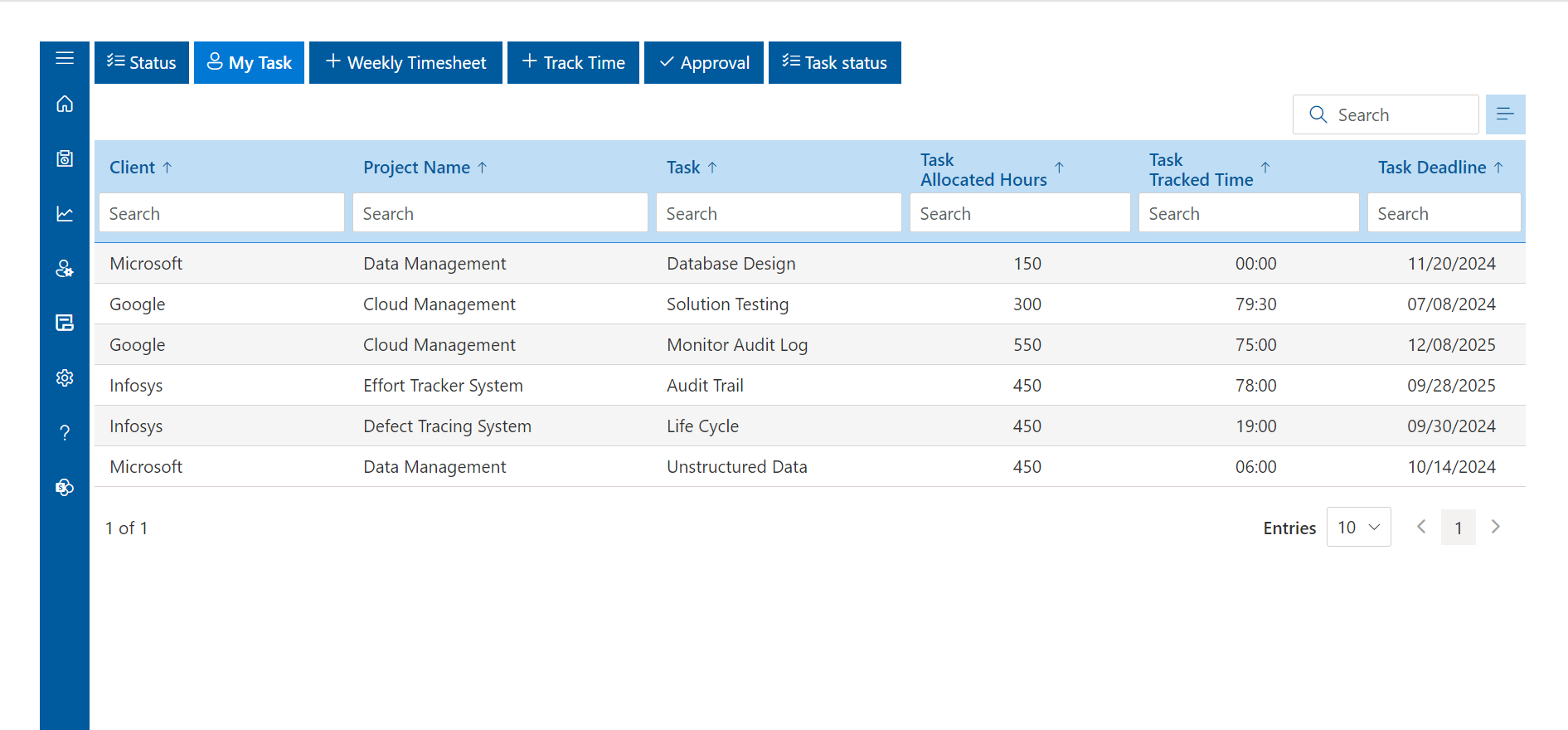
Customizable Leave Policies:
Software enables organizations to define and customize leave policies based on their specific requirements. This includes setting rules for accruals, carryovers, entitlements, and restrictions on leave types and durations.
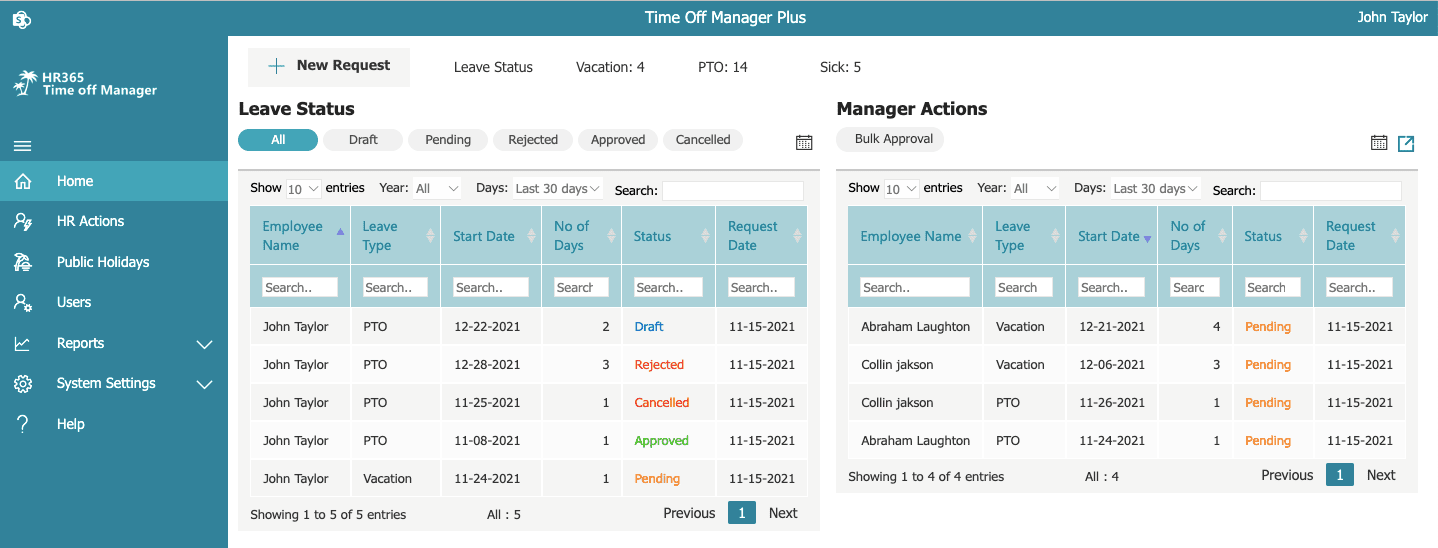
Automated Accruals and Balances:
Time off tracking software automates the calculation of leave accruals based on predefined rules, such as length of service or employment status. It also updates leave balances in real-time, eliminating manual tracking errors and ensuring accuracy.

Integration with HR Systems:
Software seamlessly integrates with other HR systems, such as payroll, time and attendance, and employee records management platforms. This ensures data consistency and eliminates the need for duplicate data entry. xxxxxx

Compliance Monitoring:
This software helps organizations stay compliant with labor laws, industry regulations, and company policies by enforcing leave policies consistently. It can flag potential compliance issues, such as excessive leave usage or unauthorized absences, for review and resolution.

Reporting and Analytics:
Advanced leave management software offers reporting and analytics capabilities that provide insights into employee leave patterns, trends, and absenteeism rates. HR managers can generate customized reports to analyze leave data and make data-driven decisions to optimize workforce management.

Notifications and Reminders:
The software sends automated notifications and reminders to employees and managers for pending leave requests, upcoming leave expirations, and other important deadlines. This improves communication and ensures timely action on leave-related matters.

Mobile Accessibility:
Many leave management software solutions offer mobile apps or responsive web interfaces, allowing employees and managers to access leave management functionalities anytime, anywhere. This enhances convenience and flexibility, particularly for remote or mobile workforce.
Leave management software streamlines leave processes, enhances transparency and communication, ensures compliance with policies and regulations, and empowers employees and managers with self-service capabilities. Its rich set of features and functionalities make it an indispensable tool for modern HR departments seeking to optimize workforce management and improve employee satisfaction.
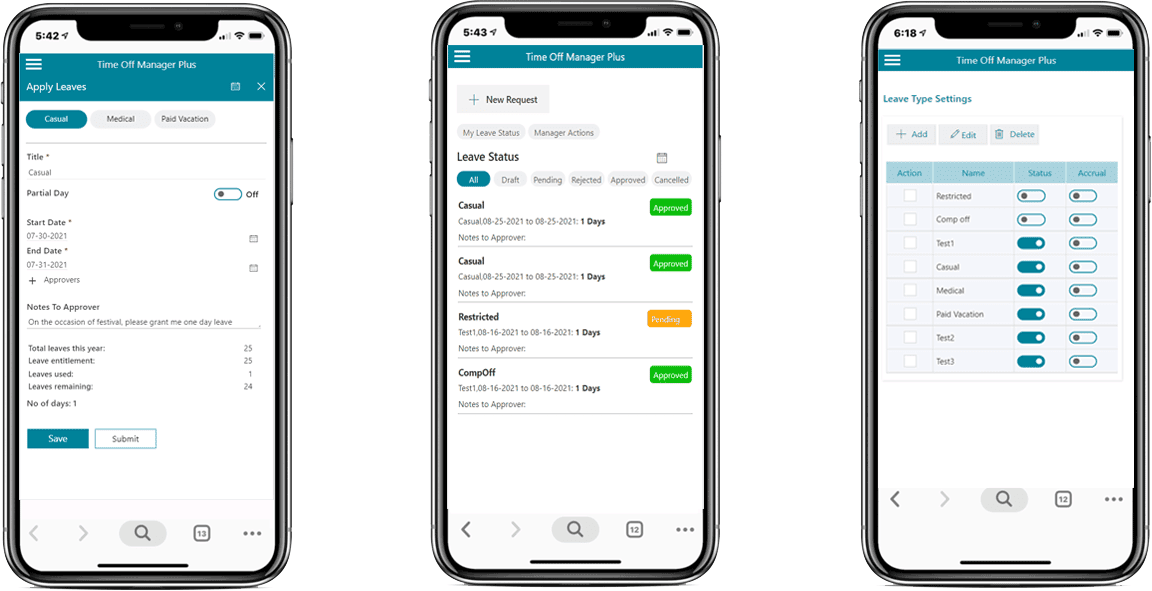
Benefits of Using Leave Management Software
Implementing leave management software offers numerous advantages for organizations seeking to streamline their HR processes, enhance employee satisfaction, and improve operational efficiency.
Below are some key benefits of using leave management software:
Efficiency and Time Savings: Leave management software automates many aspects of the leave request and approval process, reducing the time and effort required for manual administration. Employees can submit leave requests electronically, managers can review and approve them with a few clicks, and HR staff can access real-time data without the need for manual data entry or paperwork.
Improved Accuracy and Compliance: By automating leave calculations and enforcing predefined leave policies, leave management software reduces the risk of errors and ensures compliance with company policies and regulatory requirements. It helps organizations avoid overpayments, underpayments, and discrepancies in leave balances, mitigating compliance risks and potential legal liabilities.
Enhanced Transparency and Visibility: Leave management software provides a centralized platform where employees, managers, and HR personnel can access leave information in real-time. This improves transparency by enabling stakeholders to track leave balances, view pending requests, and monitor leave patterns across the organization. Managers can make informed decisions about staffing and workload management, while employees can plan their time off more effectively.
Empowerment of Employees: Self-service features in leave management software empower employees to manage their own leave requests, view their leave balances, and track the status of their requests without relying on manual processes or intervention from HR staff. This promotes autonomy and accountability among employees, allowing them to take ownership of their time off while adhering to company policies and procedures.
Optimized Workforce Planning: Leave management software provides insights into employee leave patterns, trends, and absenteeism rates through reporting and analytics tools. HR managers can use this data to identify staffing gaps, anticipate peak leave periods, and optimize workforce planning to ensure adequate coverage and maintain productivity levels.
Cost Savings: By automating leave management processes and reducing administrative overhead, leave management software helps organizations save costs associated with manual labor, paper-based systems, and compliance-related penalties. It also minimizes the risk of errors and inefficiencies that can result in financial losses due to inaccurate leave calculations or non-compliance with labor laws.
Flexible and Scalable Solutions: Paid time off tracking software are typically customizable and scalable to accommodate the unique needs and growth trajectory of each organization. Whether it’s adjusting leave policies, integrating with other HR systems, or expanding to support a larger workforce, leave management software can adapt to changing business requirements and scale accordingly.
Employee Satisfaction and Engagement: By streamlining leave processes, providing self-service capabilities, and ensuring fair and consistent treatment of employees, leave management software contributes to higher levels of employee satisfaction and engagement. Employees appreciate the convenience, transparency, and efficiency of managing their leave requests digitally, leading to a more positive employee experience overall.
Leave management software offers a wide range of benefits, including efficiency gains, improved accuracy and compliance, enhanced transparency and visibility, empowerment of employees, optimized workforce planning, cost savings, flexibility, scalability, and increased employee satisfaction and engagement. As organizations continue to prioritize digital transformation and modernize their HR practices, employee leave management software remains a valuable tool for achieving operational excellence and driving business success.
Best Practices for Using Leave Management Software
To maximize the benefits of leave management software and ensure smooth and efficient operations, organizations should follow best practices for implementation, configuration, and ongoing usage.
Below are some recommended best practices for using leave management software effectively:
Clear Communication and Training: Communicate the implementation of leave management software to employees and managers clearly, highlighting its benefits and how it will impact leave-related processes.
Provide comprehensive training and support to ensure all users understand how to use the software effectively, including submitting leave requests, approving requests, and accessing leave balances.
Define Clear Policies and Procedures: Establish clear and consistent leave policies and procedures that align with organizational goals, compliance requirements, and employee expectations.
Configure the leave management software to enforce these policies accurately, including rules for accruals, carryovers, entitlements, and approval workflows.
Regular Review and Update of Policies: Regularly review and update leave policies and procedures to reflect changes in regulations, company policies, and workforce dynamics.
Ensure that any updates to leave policies are accurately reflected in the leave management software to maintain compliance and consistency.
Ensure Data Accuracy and Integrity:
Regularly audit and reconcile leave balances and transactions within the leave management software to ensure data accuracy and integrity.
Implement data validation checks and controls to prevent errors and discrepancies in leave calculations and approvals.
Promote Self-Service and Empowerment: Encourage employees to use self-service features in the leave management software to submit leave requests, check leave balances, and track the status of their requests.
Empower managers to review and approve leave requests promptly, leveraging the convenience and efficiency of the software to streamline the approval process.
Provide Adequate Support and Resources: Offer ongoing support and resources to help users troubleshoot issues, navigate the software, and optimize their use of leave management features.
Maintain a knowledge base, FAQs, or helpdesk system to address common questions and concerns related to leave management software.
Monitor and Analyze Leave Trends: Regularly monitor and analyze leave patterns, trends, and absenteeism rates using the reporting and analytics capabilities of the leave management software.
Identify areas for improvement, such as peak leave periods, excessive absences, or compliance issues, and take proactive measures to address them.
Integrate with Other HR Systems: Integrate leave management software with other HR systems, such as payroll, time and attendance, and employee records management platforms, to ensure data consistency and streamline HR processes.
Leverage integration capabilities to automate data exchange between systems and eliminate manual data entry or synchronization efforts.
Stay Updated on Software Enhancements: Stay informed about software updates, patches, and enhancements released by the leave management software provider.
Evaluate new features and functionalities introduced in software updates and consider implementing them to optimize leave management processes further.
Solicit Feedback and Continuous Improvement: Solicit feedback from users, including employees, managers, and HR staff, on their experience with the leave management software.
Use feedback to identify areas for improvement and implement continuous enhancements to the software to meet evolving user needs and expectations.
By following these best practices, organizations can effectively leverage best leave management software to streamline leave processes, enhance compliance, empower employees, and optimize workforce management practices. Effective implementation, configuration, and ongoing usage of leave management software are essential for maximizing efficiency, accuracy, and employee satisfaction across the organization.
Future Trends in Leave Management Software Development
As technology continues to evolve and organizations strive to modernize their HR practices, the landscape of leave management software is expected to undergo significant transformation. Several emerging trends are shaping the future of leave tracking software development, offering new capabilities, functionalities, and opportunities for organizations to enhance their leave management processes.
Below are some of the key future trends in leave management software development:
AI-Powered Leave Management:
Artificial Intelligence (AI) and machine learning technologies are increasingly being integrated into leave management software to automate repetitive tasks, predict leave patterns, and provide intelligent insights.
AI algorithms can analyze historical leave data, employee schedules, and external factors to forecast leave demand, identify potential conflicts, and recommend optimal staffing solutions.
Predictive Analytics and Insights:
Advanced analytics capabilities in leave management software enable organizations to gain deeper insights into leave patterns, trends, and drivers.
Predictive analytics models can forecast future leave demand, identify potential absenteeism risks, and suggest proactive interventions to mitigate workforce disruptions.
Mobile-First Solutions:
Mobile accessibility is becoming a standard feature in leave management software, with a growing emphasis on intuitive mobile apps and responsive web interfaces.
Mobile-first solutions enable employees and managers to access leave management functionalities on their smartphones or tablets, anytime and anywhere, improving convenience and flexibility.
Integration with Collaboration Tools:
Leave management system is increasingly being integrated with collaboration tools such as Microsoft Teams, and Workplace by Facebook to streamline communication and coordination.
Integration with collaboration tools allows employees to request leave, notify team members, and manage leave-related tasks directly within their preferred communication platform, enhancing productivity and collaboration.
Enhanced Employee Experience:
Future leave management software solutions will focus on delivering a seamless and engaging user experience for employees, managers, and HR personnel.
User-centric design principles, personalized dashboards, and intuitive interfaces will make it easier for users to navigate the software, submit leave requests, and access relevant information, leading to higher adoption rates and satisfaction levels.
Compliance Automation:
Leave management software will continue to evolve to automate compliance-related tasks and ensure adherence to labor laws, industry regulations, and company policies.
Automated compliance checks, built-in regulatory updates, and configurable rule engines will help organizations stay compliant with evolving legal requirements and minimize compliance risks.
Blockchain-Based Solutions:
Blockchain technology holds promise for enhancing the security, transparency, and integrity of leave management processes.
Blockchain-based leave management program solutions can provide immutable records of leave transactions, secure identity verification, and decentralized access controls, improving data privacy and trust in leave management systems.
Personalized Leave Policies:
Future leave management software will offer greater flexibility in configuring personalized leave policies tailored to individual employee preferences and needs.
Dynamic leave policies, flexible scheduling options, and customizable accrual rules will empower employees to manage their time off in ways that align with their work-life balance goals and lifestyle choices.
Evolving Regulatory Landscape:
Leave management software will need to adapt to changes in the regulatory landscape, including new labor laws, compliance requirements, and remote work policies.
Agile development methodologies, modular architectures, and configurable compliance frameworks will enable software providers to quickly respond to regulatory changes and ensure ongoing compliance for their customers.
Virtual Assistants and Chatbots:
Virtual assistants and chatbots integrated into leave management software will offer conversational interfaces for handling leave-related inquiries, providing instant support, and guiding users through leave processes.
Natural language processing (NLP) capabilities will enable virtual assistants to understand and respond to user queries, automate routine tasks, and improve the overall user experience.
In future, trends in leave management software development will be driven by advancements in AI, analytics, mobility, collaboration, compliance, blockchain, personalization, and user experience. By embracing these trends, organizations can leverage next-generation leave management solutions to optimize workforce management, enhance employee engagement, and stay ahead in an increasingly dynamic and competitive business environment.
Conclusion
In conclusion, through automation, integration, and advanced functionalities, leave management software enhances transparency, compliance, and employee satisfaction while reducing administrative burdens and minimizing compliance risks. Time Off Manager 365 represents a significant advancement in leave management software, that gives businesses an all-inclusive and intuitive way to efficiently manage employee time off. It achieves these goals through its user-friendly interface, extensive feature set, and flawless integration with Microsoft 365.
Frequently Asked Questions
Leave management software comes in various types, including standalone solutions, integrated HR suites, cloud-based software, on-premises deployments, open-source options, and custom-built systems. Organizations can choose the type that best fits their needs, preferences, and budget constraints.
Yes, leave management software is often customizable to accommodate specific organizational requirements, including configuring leave policies, approval workflows, accrual rules, and reporting formats. Customization capabilities vary depending on the software provider and deployment option.
Yes, leave management software can be tailored to meet the needs of organizations of all sizes, from small businesses to large enterprises. Different software providers offer solutions with varying scalability, pricing models, and feature sets to accommodate the requirements of organizations with different workforce sizes and complexities.
Schedule a free personalized 1:1 demo
By proceeding, you accept Cubic Logics’s terms and conditions and privacy policy




Start Your Free Experience
By proceeding, you accept Cubic Logics’s terms and conditions and privacy policy






Schedule a free personalized 1:1 demo
By proceeding, you accept Cubic Logics’s terms and conditions and privacy policy






Try It Free, No Obligation
By proceeding, you accept Cubic Logics’s terms and conditions and privacy policy






Request for the Custom Price
By proceeding, you accept Cubic Logics Terms and Conditions and Privacy Policy
Request of the Free License
By proceeding, you accept Cubic Logics Terms and Conditions and Privacy Policy
Offer is expiring soon!
Fill in your details below to receive your personalized coupon code.
Start Your Free Experience
By proceeding, you accept Cubic Logics’s terms and conditions and privacy policy






